Detailed Analysis of the Role of Plantar Pressure Distribution System in Long-Term Follow-Up in Rehabilitation Centers
The plantar pressure distribution system collects plantar pressure data in real time through a high-density sensor array (usually 10–16 sensors per square centimeter), with a sampling frequency of up to 1000 Hz.
The system adopts piezoresistive or piezoelectric sensing technology, capable of accurately measuring pressure changes of 0.1 N/cm², generating more than 20 biomechanical parameters including pressure peak, contact area, and center of pressure (COP) trajectory.
These sensors can be embedded into pressure test plates, intelligent insoles, or treadmill floors, capturing high-resolution plantar pressure distribution characteristics in different regions of the sole.
By converting physical signals into electrical signals and transmitting them to computer processing, the system can visually present plantar pressure heat maps, time-series data, and spatiotemporal gait parameters, providing a quantitative analysis basis for rehabilitation evaluation.
In clinical application, the system is often combined with motion capture, surface electromyography, and other technologies to form a multimodal biomechanical analysis system, providing scientific evidence for the formulation and adjustment of rehabilitation programs.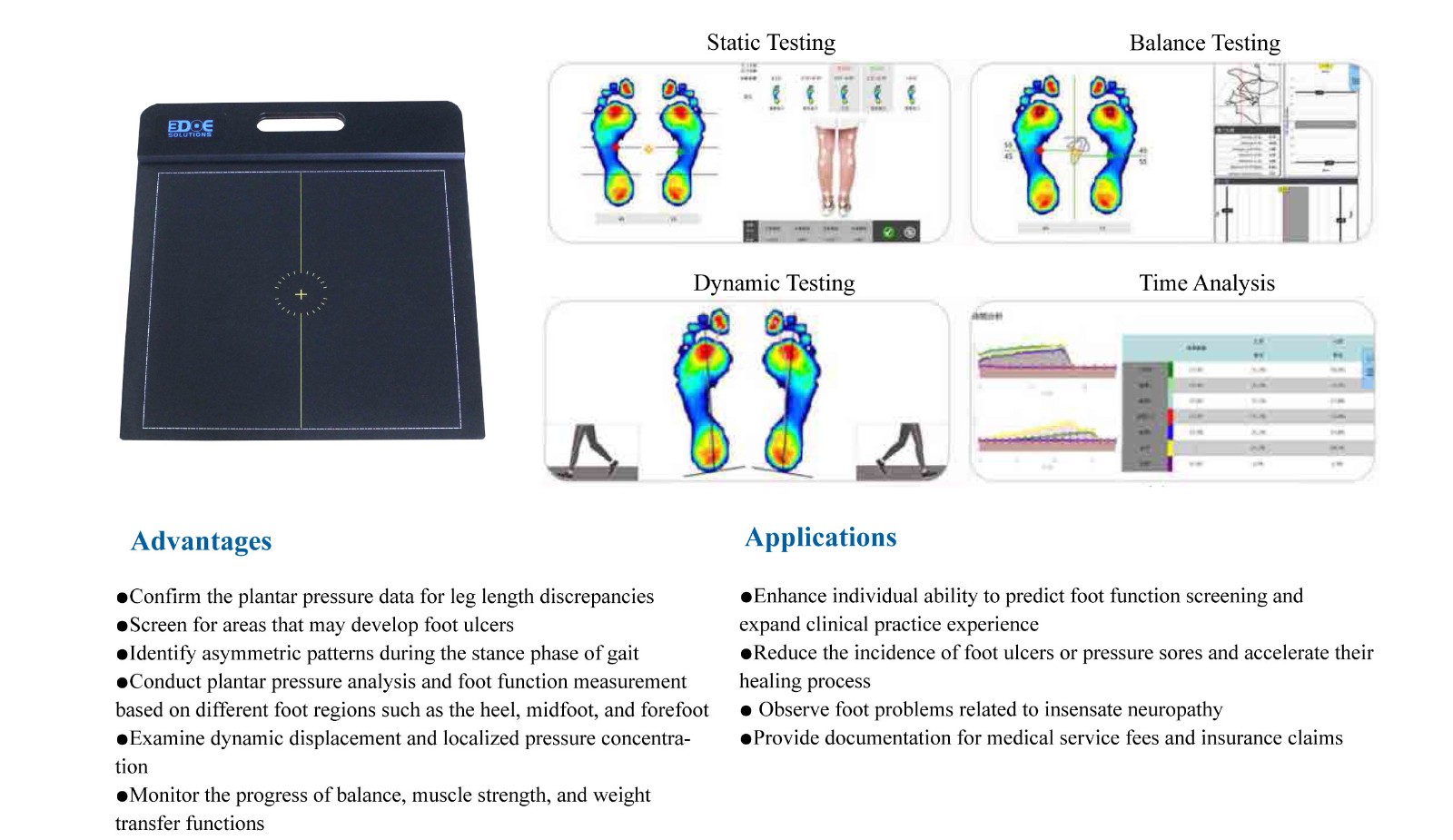
The plantar pressure distribution system plays a multi-dimensional core role in long-term follow-up in rehabilitation centers, and its value is mainly reflected in the following three key areas:
Quantitative tracking of rehabilitation progress
By regularly collecting parameters such as static standing COP sway area (normal value < 5 cm²) and dynamic gait pressure-time integral (> 50 N·s/cm² as high-risk threshold), the system can build a personalized biomechanical baseline database for patients.
For example, if a stroke patient, after 3 months of rehabilitation training, has the COP trajectory length shortened from the initial 12 cm to within 8 cm, it indicates significant improvement in balance function. Such digital tracking is more accurate than subjective assessment, especially having irreplaceable value in monitoring pressure changes during the healing period of diabetic foot ulcers (target: reduce local pressure by more than 30%).
Early warning of complications
The system achieves risk stratification by identifying abnormal pressure patterns:
When the forefoot pressure ratio of diabetic patients continuously exceeds 1.5, the risk of ulcer occurrence increases 4.2 times within 6 months.
In knee osteoarthritis patients, when the peak heel pressure of the affected side increases by more than 15% compared with the healthy side, it suggests disease progression.
In long-term follow-up, the system can automatically compare historical data. When it detects that local pressure exceeds 150 kPa for more than 3 seconds, it triggers a warning, gaining a time window for clinical intervention.
Dynamic optimization of personalized programs
Based on continuous monitoring data of more than 12 months, the system can verify the effectiveness of interventions:
Patients whose forefoot pressure peak value decreased from 280 kPa to 160 kPa after using orthopedic insoles are considered effective responders, with ulcer recurrence rate reduced by 75%.
Patients whose COP sway area reduced by more than 40% after gait training showed an 83% reduction in fall risk.
This closed-loop feedback mechanism transforms rehabilitation programs from experience-driven to data-driven, which is especially crucial for continuous optimization of prosthesis fitting in amputee patients (target: pressure distribution symmetry > 85%).
In the long-term follow-up applications of rehabilitation centers, the plantar pressure distribution system has already demonstrated significant clinical value.
By regularly monitoring changes in plantar pressure of patients, the system can precisely quantify rehabilitation effects and provide objective basis for treatment plan adjustments.
For patients in the healing period of diabetic foot ulcers, the system can identify abnormal local pressure areas, guide personalized adjustment of orthopedic insoles, and effectively reduce ulcer recurrence rate.
In neurological disease rehabilitation, by tracking improvements in COP trajectory, the system can objectively evaluate the degree of balance function recovery, which is more convincing than traditional subjective assessment.
These application cases indicate that the system has become an indispensable digital evaluation tool in modern rehabilitation medicine, providing patients with precise and continuous health management support.

 +86-0755-86131192
+86-0755-86131192 2025-09-01
2025-09-01 Back to list
Back to list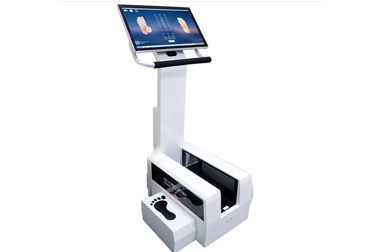
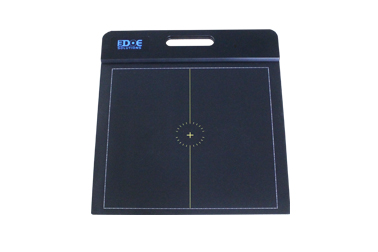

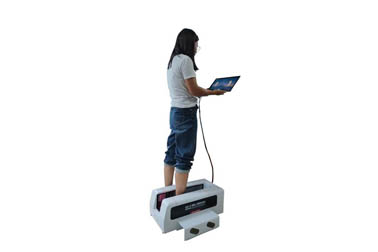
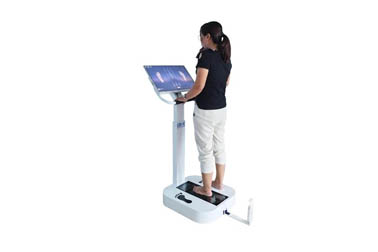




 +86-0755-86131192
+86-0755-86131192